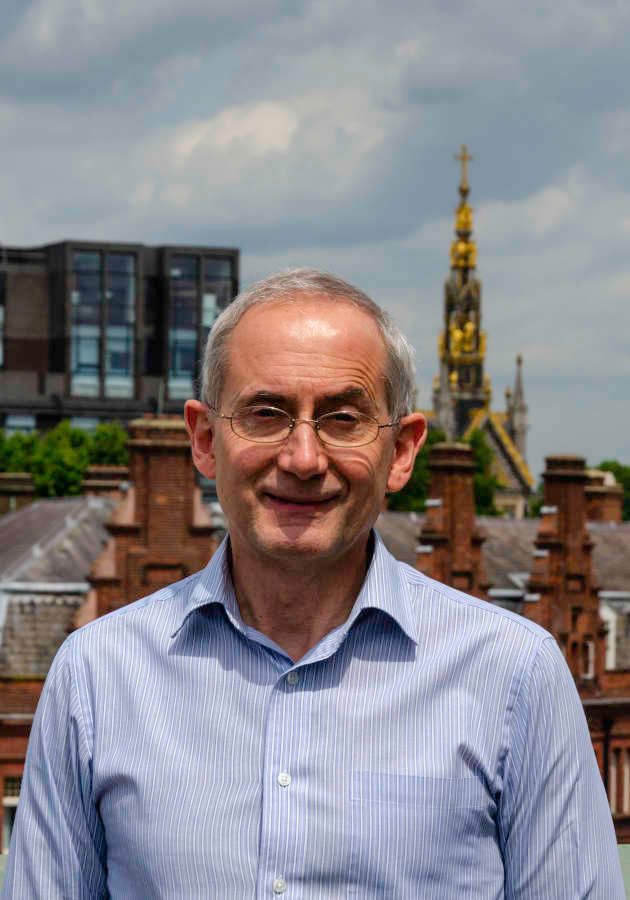Click here to download thesis: Towards Laser Spectroscopy of Highly Charged Ions
Title: Towards laser spectroscopy of highly charged ions: Dynamics of 40Ca+ ions in a Penning trap
Abstract:
To date, the most successful quantum field theory is quantum electrodynamics (QED) which offers a fully quantum mechanical description of the electromagnetic interaction between charged particles. Laboratory tests of the theory have been performed for a wide range of field strengths and no significant deviation from the predictions of the theory have been found. For heavy highly charged ions (HCI), the electric and magnetic fields around the nucleus can be orders of magnitude higher than those achievable by conventional means in a laboratory. Therefore, these ions offer a new regime in which the theory should be tested. For HCI above Z > 60, the ground state hyperfine structure splitting (HFS) shifts into the optical region, and becomes accessible to laser light sources. The aim of the SPECTRAP experiment at GSI in Germany, is to perform laser spectroscopy of the HFS in H-like and Li-like HCI, as a test of the corresponding bound-state QED calculations. In order for this to be successful, the weak magnetic HFS transitions need to be measured to a high precision. This will be accomplished in the SPECTRAP experiment by trapping and cooling bunches of HCI, such that the relative precision of the measured transition will be on the level of 10-7, allowing bound-state high order QED calculations to be tested to the level of a few percent. As fluorescence rates will be low, a critical final part in preparing the ions in the trap will be the application of a rotating dipole ('rotating wall') about the magnetic field axis allowing for compression of the ion cloud in the trap, thereby increasing the fluorescence collection effciency and signal to noise for detection.
In London, due to the availability of our own superconducting magnet, we have performed systematic measurements of the dynamics of laser cooled Ca+ions confined in a Penning trap driven by a rotating wall. With CCD camera imaging, we have measured the fluorescence from a cloud of ions, identified as being a strongly correlated non-neutral plasma, as a function of the rotating wall drive amplitude, frequency, sense of rotation and trap potential. We show that a cloud driven at sufficient amplitude reaches a low-slip regime within the time frame of a single CCD exposure (~ 1s), and that heating resonances are observed on scanning the rotation frequency. These resonances are identified as being associated with the axial motion of the ions in the trap potential, and the lowest order azimuthal plasma modes which are believed to be excited indirectly by a misalignment of the electric and magnetic felds.
By operating the rotating wall in the opposite sense of rotation to that used for cloud compression, the excitation of these plasma modes is shown to be a good diagnostic probe of the laser cooled rigid rotation frequency of the cloud, allowing the number density to be inferred from the measurement. These results will allow the SPECTRAP collaboration to define a procedure and set of optimum parameters for use of the rotating wall technique that offers maximum compression of ions needed for the precision spectroscopy of HCI. These results have been accepted for publication in Applied Physics B, and were presented at the European Conference for Trapped Ions in September 2010. The in-vacuum confocal fluorescence collection optical design proved valuable in alignment of the imaging system outside the magnet, and successful in increasing the detected fluorescence rates. As a result, the optical design and techniques employed here, have been successfully transferred to the GSI experiment.
We also present simulations conducted to optimise the transport and in-flight capture of HCI into the SPECTRAP ion trap from the HITRAP facility at GSI, and report on the first attempts at trapping singly charged Mg+ and Ar+ ions, testing the ability of the system to capture, localise and cool ions.
Issue Date: 3 August 2011
Supervisor: Thompson, Richard
Segal, Danny
Item Type: Physics PhD Thesis
Get in touch
For all your ion trapping needs
004/006 Huxley Building,
Imperial College London,
London
SW7 2AZ

